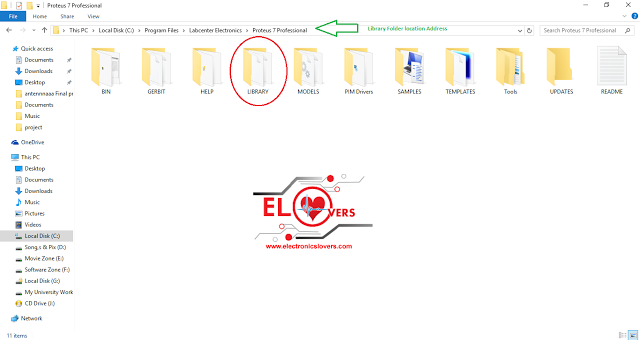

Initialize the output variables as outputs Define timeout time in milliseconds (example: 2000ms = 2s) Auxiliar variables to store the current output state *********Ĭonst char* ssid = "REPLACE_WITH_YOUR_SSID" Ĭonst char* password = "REPLACE_WITH_YOUR_PASSWORD" You need to make some changes to make it work for you. CodeĬopy the following code to your Arduino IDE, but don’t upload it yet. Go to Tools > Board and choose your ESP8266 board. Download and install the Arduino IDE on your operating system (some older versions won’t work).Ģ. Then, you need to install the ESP8266 add-on for the Arduino IDE. For that, go to File > Preferences.ģ. Enter into the “ Additional Board Manager URLs” field as shown in the figure below. This tutorial is available in video format (watch below) and in written format (continue reading this page).ġ. You can use this method to create a different web server to fulfill your needs. This part shows you how to create a web server to control two outputs using Arduino IDE.

PART 1: CREATE A WEB SERVER USING ARDUINO IDE Part 2: Create a Web Server Using NodeMCU Firmware.Part 1: Create a Web Server Using Arduino IDE.This tutorial covers two different methods to build the web server: If you want to learn more about the ESP8266 module, first read my Getting Started Guide for the ESP8266 WiFi Module.


 0 kommentar(er)
0 kommentar(er)
